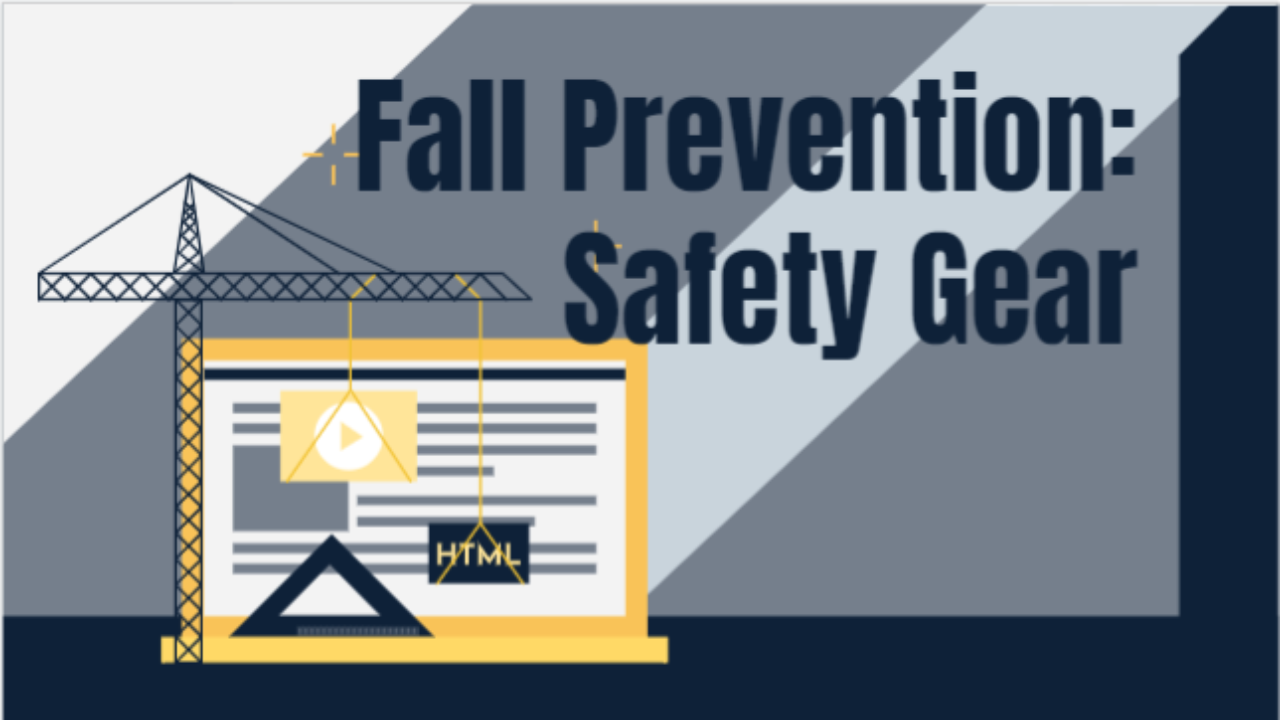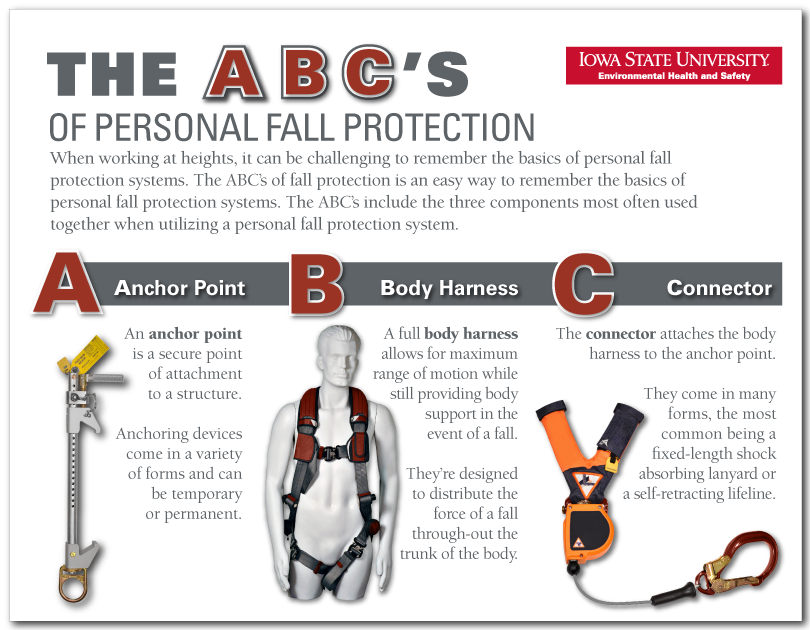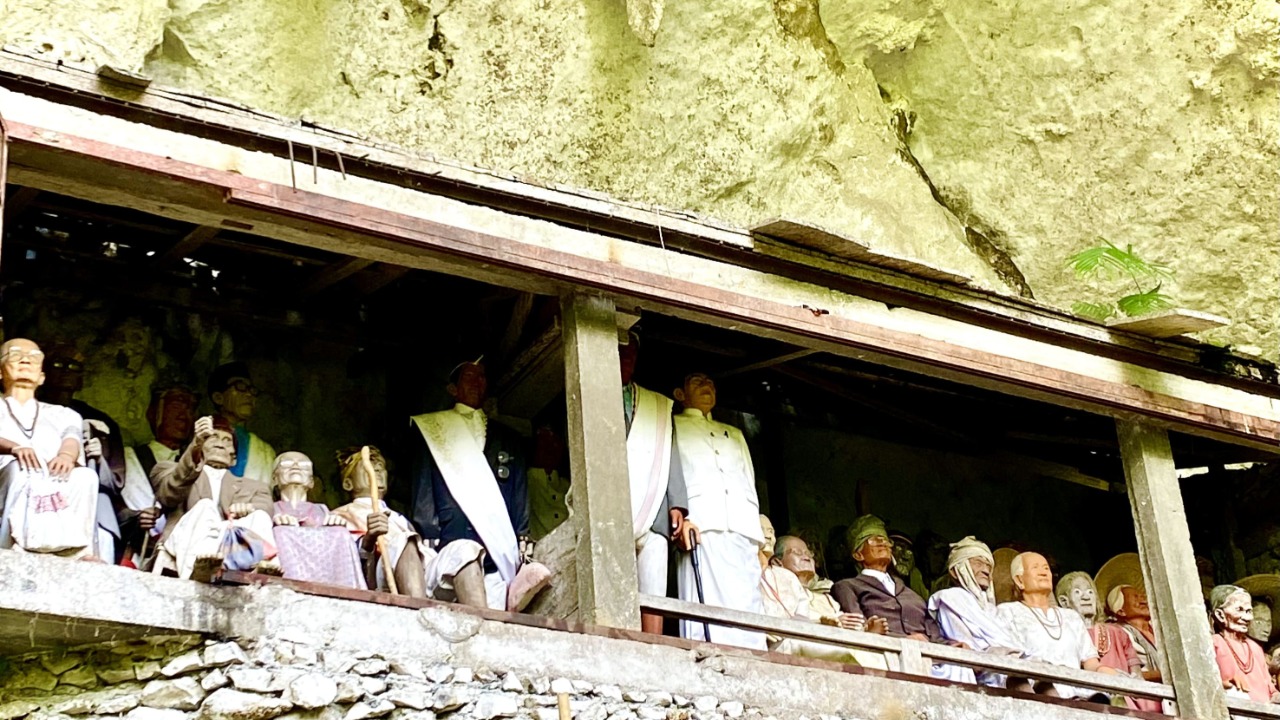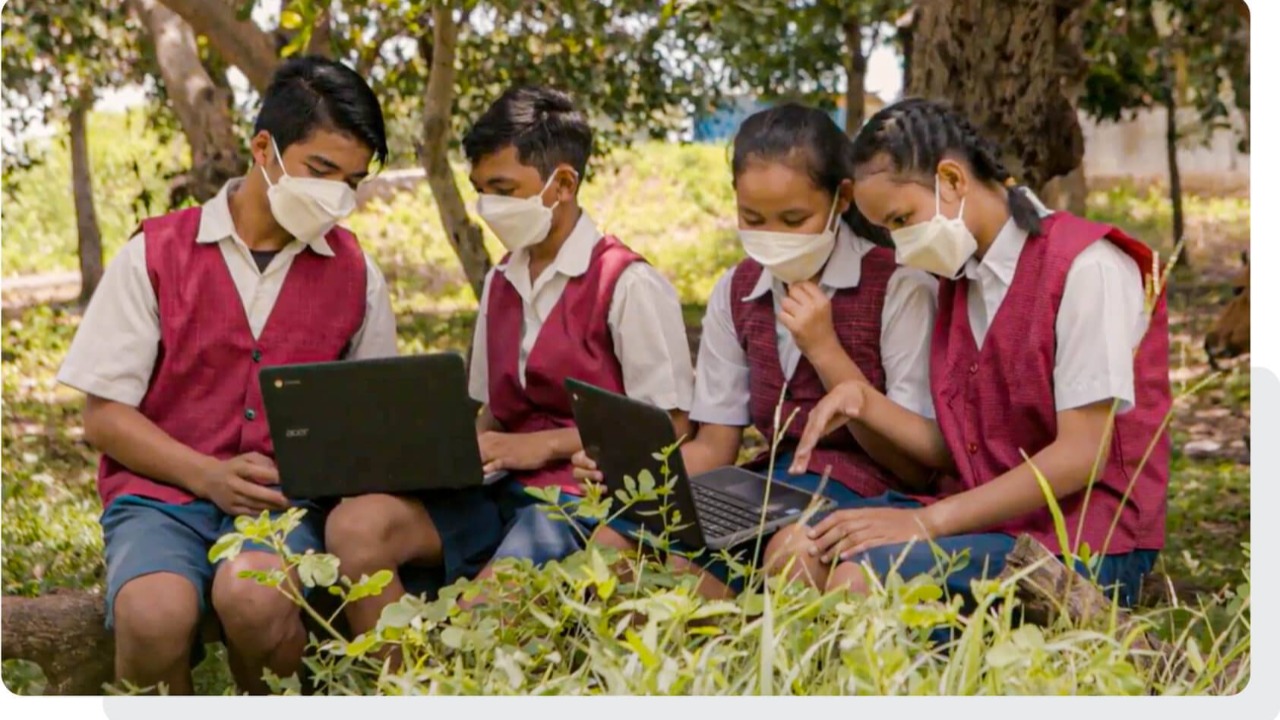
Fall Prevention: Safety Gear (#HSESession)
What is Safety Gear?
Safety gear is also known as Personal Protective Equipment (PPE) is The equipment worn to minimize exposure to hazards that cause serious workplace injuries and illness. These injuries and illnesses may result from contact with chemical, radiological, physical, electrical, mechanical, or other workplace hazards. This definition is based by Occupational Safety and Health Administration (OSHA).
Standard of PPE
a. Eyes
Hazard: Chemical or metal splash, dust, projectiles, gas and vapour, radiation
Options: Safety spectacles, goggles, face screens, faceshields, visors
b. Head & Neck
Hazard: Impact from falling or flying objects, risk of head bumping, hair getting tangled in machinery, climate or temperature
Options: Industrial safety helmets, bump caps, hairnets and firefighters' helmets
c. Ears
Hazards: Noise
Options: Earplugs
d. Hands and arms
Hazards: Abrasion, temperature extremes, cuts and punctures impact, chemicals, electric shock, radiation, biological agents and prolonged immersion in water
Options: Gloves, gloves with a cuff, gauntlets and sleeving that covers part or all of the arm
e. Feet and legs
Hazards: Wet, hot and cold conditions, electrostatic build-up, slipping, cuts and punctures, falling objects, heavy loads, metal and chemical splash, vehicles
Options: Safety boots and shoes
f. Lungs
Hazards: Oxygen-deficient atmospheres, dusts, gases and vapours
Some respirators rely on filtering contaminants from workplace air
g. Whole body
Hazards: Heat, chemical or metal splash, spray from pressure leaks or spray guns, contaminated dust, impact or penetration, excessive wear or entanglement of own clothing
Options: Work suit, fall protection.
ABC Aspect of Fall Protection
According to EHS, the ABC’s of fall protection include three components most often used together when utilizing a personal fall protection system.

The Selection of fall prevention
According to OSHA Rules on Fall protection, the workers should wear the PPE from the following heights based on the type of workplace. Not only that, but fall protection also has a different kind!

a. Fall Arrest
Used any time when working at an elevated level and exposed to a fall hazard. Trigger heights (for example, 4 feet for general industry workplaces, and 6 feet for construction) are dictated by specific standards for the applicable industry.
b. Work Positioning
Used to hold a worker in place while allowing a hands-free work environment at elevated heights. The free fall must be limited to 2 feet or less.
c. Fall Restraint
Prevent the worker from reaching a location where a free fall hazard exists
d. Suspension/Personnel Riding Systems
Designed to lower and support a worker vertically while allowing a hands-free work environment
e. Retrieval/Rescue
Primarily used in confined space applications where workers must enter tanks, manholes, etc.
Source:
PERSONAL PROTECTIVE EQUIPMENT ( PPE ) PROCEDURE - ESPERANCE PERSONAL PROTECTIVE EQUIPMENT ( PPE ). (n.d.).
International Safety Equipment Association. (2015). Personal fall protection equipment – Anchor devices. Use and Selection Guide, 1, 1–28. https://safetyequipment.org/wp-content/uploads/2015/05/Fall_UseGuide-2015.pdf
Personal Protective Equipment - Overview | Occupational Safety and Health Administration. (n.d.). Retrieved February 6, 2022, from https://www.osha.gov/personal-protective-equipment
Personal Protective Equipment (PPE). (n.d.). Retrieved February 6, 2022, from https://www.hse.gov.uk/toolbox/ppe.htm
Do’s and Don’ts of fall protection PPE | Fall Protection | XSPlatforms. (n.d.). Retrieved February 6, 2022, from https://fallprotectionxs.com/blog-dos-donts-fall-protection-ppe/
Do’s and Don’ts of fall protection PPE - HSEWatch. (n.d.). Retrieved February 6, 2022, from https://www.hsewatch.com/dos-and-donts-of-fall-protection-ppe
Fall Prevention | Environmental Health and Safety | Iowa State University. (n.d.). Retrieved February 6, 2022, from https://www.ehs.iastate.edu/services/occupational/fall-prevention
Fall Protection: Fall Protection Systems. (n.d.). Retrieved February 6, 2022, from https://blink.ucsd.edu/safety/general/fall-protection/fall-protection-systems.html#Fall-protection-systems
Drive, G., & Jolla, L. (n.d.). UCSD Environment , Health & Safety Fall Protection Program How to Calculate Total Fall Distance. 858, 92093.

previous post
Menjelajahi Pesona Pantai Wisata Bulukumba: Surga


